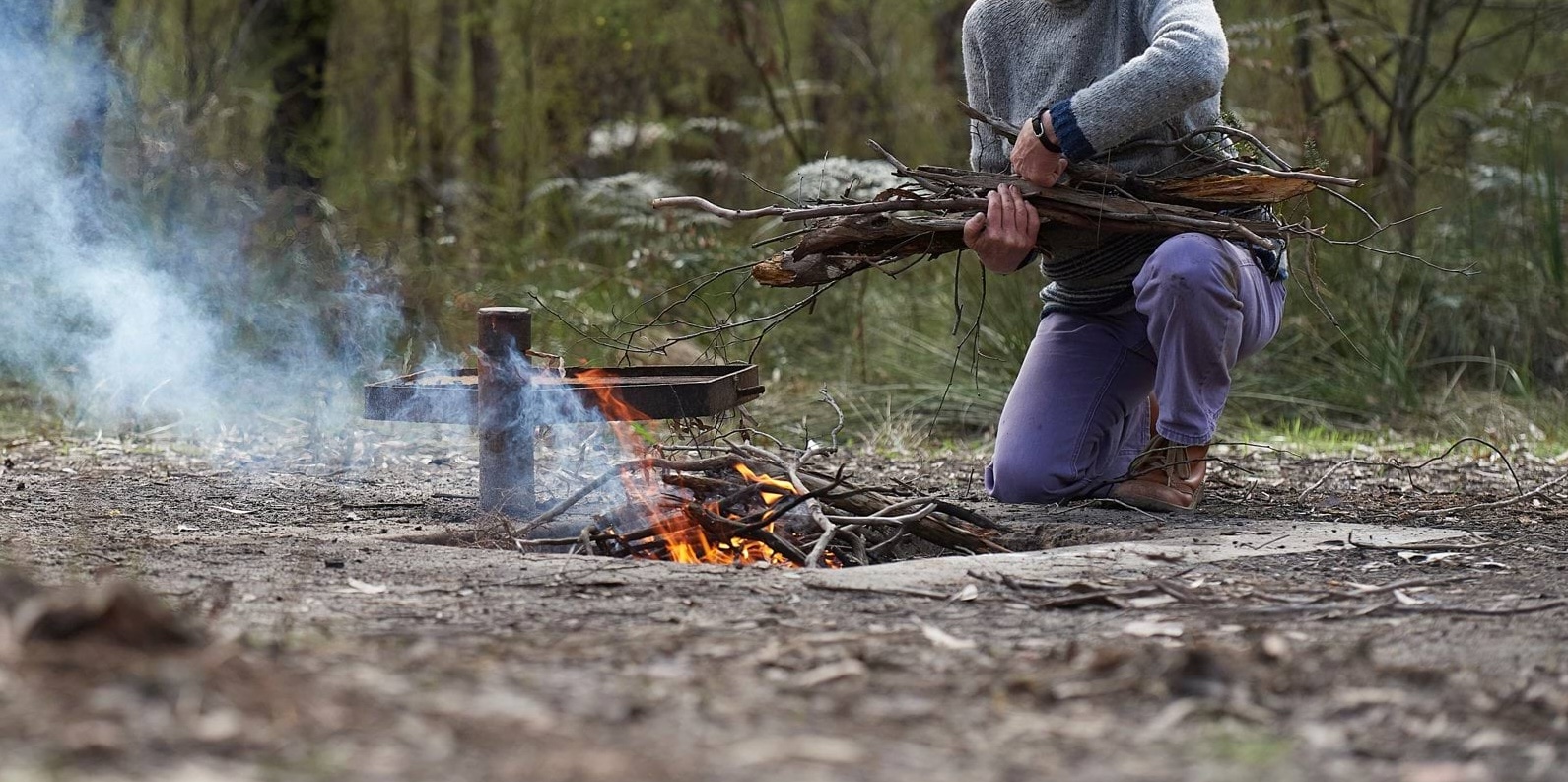

Biodiversity protection and farm production co-existing on private land
Glenelg Hopkins Catchment Management Authority (GHCMA) and the Beyond Bolac Catchment Action Group (BBCAG) want to improve their engagement with farmers on wetland protection in south-west Victoria.
Around 44% of Victoria’s wetlands (swamps) are located in this region, many of which are located on private land.
To assist their future engagement efforts, GHCMA and the BBCAG collaborated on a project with BehaviourWorks Australia to capture the opinions and experiences of farmers on how wetland protection can co-exist with cropping practices.
Complemented by insights from the behavioural sciences, the research aimed to assist in the development of future relationships, resources and approaches that respond to the daily decision-making of farmers and the practicalities of implementation.
What did we do?
The project involved three phases of research:
- A workshop (and follow-up site visits) with farmers and key stakeholders to identify farm practices that impact on wetland protection.
- A series of interviews with farmers to explore the different influences on decision-making and practice, as well as how wetland protection can co-exist with cropping (supplemented by a brief evidence review of effective farmer engagement approaches)
- A workshop where the results from the interviews and the evidence review were presented, along with options for future engagement and support strategies to assist farmers in wetland protection.
What did we learn?
From the interviews, we identified a number of tensions between cropping and wetland protection. These included the need for greater clarity around defining what a wetland is, why they should be protected, alternating opinions around whether wetlands are an asset or a liability to farming and the weighing up of different drivers and barriers when it comes to the decision to crop (or not) wetlands.
Furthermore, we collated insights on the merits of using GPS coordinates to program machinery to avoid wetlands.
We also asked farmers what approaches or strategies would need to be established to promote wetland protection. In addition to addressing the question of what needs to be protected, why and how, other considerations included addressing the distrust between farmers and non-farmer groups, and the need for incentives to support farmers to protect, manage and create value from these wetlands, so not to be financially penalised for having them on their land.
These suggested approaches can be further supplemented by insights from the behavioural sciences that recognise some of the unconscious influences that impact on decision-making.
Such insights include considerations related to personalising messages, harnessing the influence of social norms, loss aversion and anticipated regret, designing more compelling incentives (e.g. group incentives), and taking account of moments where farmers have greater cognitive bandwidth to engage on matters outside their daily decision-making processes.
Results and recommendations
Following the presentation of the interview and evidence review results at the final stakeholder workshop, we came up with a range of strategies that, for the most part, can’t be separated from one another.
In the same way that cropping and wetland protection behaviours are the result of a complex interplay of factors, so too are the interventions designed to bring about change.
Education: Provide a locally-relevant definition of a wetland. This could be supplemented by a list of self-administered questions that farmers can apply proactively to identify sensitive wetland areas.
Training: Skill development through whole farm planning processes and “paddock walk” demonstrations from other farmers highlighting the benefits of wetland protection to farming.
Persuasion: Develop messages that:
- frame wetlands as assets to farming
- describe the advantages of using GPS autosteer to improve cropping efficiency and avoid driver fatigue
- are empathetic to the fears and pressures confronting farmers and,
- explore the use of “anticipated regret” that leverages existing concerns related to cropping’s future in the district, and potentially losing a future income stream if wetlands later become part of an incentive/biodiversity offset program.
Incentives: Explore opportunities for rewards and value creation through:
- rate relief or concessions
- different approaches to land valuations and
- offsets or compensation where farmers can make money from wetland protection.
Social norms: Enlist trusted local community leaders as credible messengers (to address the current breakdown in trust between farmers and external groups). This might include extending the role and influence of agronomists.
Enablement: Coordinate engagement efforts with greater “bandwidth moments” (e.g. a change in land ownership, a whole farm planning exercise, the introduction of a new government policy or program, a change in market conditions).
Conclusion
It is clear from this list that just relying on one approach will not address the challenge of wetland protection co-existing with cropping. It requires an integrated program that recognises the need to develop approaches that influence both the willingness and ability dimensions of farmer decision-making.
While wetland protection laws exist, in the absence of significant enforcement resources and/or a shared understanding and mandate (among farmers, the community and government) that recognises the mutual value that wetlands offer, legislation alone will be ineffective.
The farmers we interviewed were typically proud multi-generational custodians of the land who see themselves as delivering a range of economic, social and environmental values to the district.
Perhaps more than ever, they are under tight margins and significant economic pressures to get a return on investment from cropping. However, the insights gathered from this research identify some potential pathways to design pilot programs to improve farmer engagement so that wetland protection can co-exist with cropping on private land, even in the face of these financial pressures.

About the project
Funding for this project was provided by GHCMA and the BBCAG.
The Victorian Government has committed funding of $222 million over four years to ensure Victoria’s waterways and catchments support environmental, social, cultural and economic needs and the values of our communities as outlined in Water for Victoria.

Related projects

Have a project for us?
We'd love to help you unpack the problem. Get in touch.







